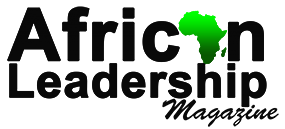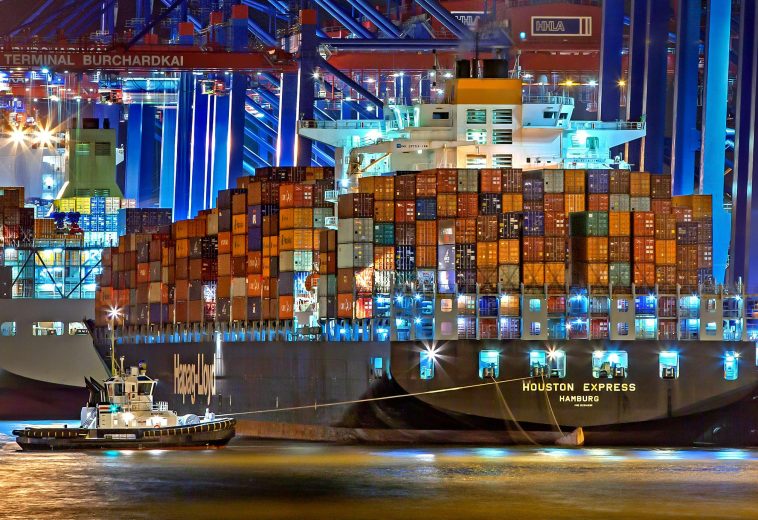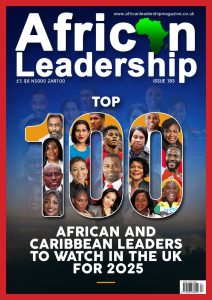In an era where development, peace, and security are interlinked, the economic burden of conflict in Africa is no longer just a humanitarian crisis; it has become a vast industry. Conflicts are no longer random explosions of violence; they are increasingly systemic, underpinned by powerful networks profiting from chaos. From arms deals to illicit mining, private military contracts to the looting of state treasuries, Africa’s conflicts have become highly monetised. Behind the scenes lies a shadow economy where war is profitable and peace, costly.
According to the Armed Conflict Location and Event Data Project (ACLED), political violence surged by 25% globally in 2024, resulting in 223,000 fatalities and directly affecting one in every eight people.
READ ALSO: Mercenaries and Militias: Shadow Forces Shaping Africa’s Conflicts
The Institute for Economics and Peace (IEP) estimates the global economic cost of violence was $17.5 trillion in 2023, equivalent to 13% of global GDP. Military expenditures alone reached a record $2.46 trillion in 2024, with the United States, China, Russia, India, and Saudi Arabia accounting for 63% of this total. Beyond state spending, war economies fuel arms trafficking, corruption, human smuggling, and the exploitation of natural resources, costing the global community not only money but also governance, trust, and development.
Turning to Africa, the Control Arms coalition reveals that the continent suffers enormously from armed conflict and violence. Beyond the tragic human toll, armed conflict costs Africa approximately $18 billion annually, significantly undermining development efforts. The most commonly used weapons in Africa’s conflicts are Kalashnikov assault rifles, with an estimated 95% of these weapons and their ammunition sourced from outside the continent. The African Union has cited figures exceeding $50 billion annually when indirect costs, such as health crises, education losses, and capital flight, are factored in.
Furthermore, more than 40 million Africans live in countries affected by fragility, conflict, or violence. These nations devote disproportionate portions of their budgets to security, often neglecting essential sectors like education and healthcare. For instance, in 2023, Nigeria allocated ₦2.98 trillion (over $3.8 billion) to defence, nearly 13% of its national budget, despite persistent insecurity in the northeast and northwest.
The Business Behind the Guns
Sudan: A Proxy Playground
Since mid-April 2023, the power struggle between the Sudanese Armed Forces (SAF) and the Rapid Support Forces (RSF) has resulted in over 12,000 fatalities and displaced more than 7.5 million people, according to the UN. But behind the humanitarian disaster lies an economy of violence: both factions are supported by international actors. The RSF, for instance, profits from illicit gold mining and maintains links to the Russian mercenary group Wagner, which provides arms and training in exchange for access to Sudanese gold.
Democratic Republic of Congo (DRC): Minerals Fuel War
The conflict in eastern DRC has continued to claim thousands of lives, with the death toll since the 1990s now exceeding 6 million. Armed groups, such as M23, control areas rich in coltan, gold, and cobalt—vital minerals for global tech industries. These militias extract rents from mining operations, creating a parallel economy worth billions of dollars. The UN Group of Experts on the DRC has repeatedly cited international complicity, including multinational companies buying conflict minerals through opaque supply chains.
Libya: The Rise of Private Militias
Post-Gaddafi Libya has become a battleground for militias backed by foreign governments, private military companies, and arms dealers. The conflict economy includes oil smuggling, arms trafficking, and ransom schemes, costing Libya over $200 billion in lost oil revenues between 2011 and 2020. The presence of actors like Russia’s Wagner Group and Turkish-backed militias further reflects the globalisation of Africa’s insecurity industry.
Beyond Dollars
The cost of conflict is not solely monetary; it devastates human capital. The UN states that over the past decade, $349 billion has been spent globally on peacekeeping, humanitarian relief, and refugee support. Africa, home to more than one-third of the world’s forcibly displaced populations, bears a disproportionate share of this burden. Over 40 million Africans are either refugees or internally displaced persons (IDPs). Countries such as Ethiopia, Somalia, and Nigeria face chronic education deficits due to conflict, stunting future productivity.
In conflict zones, children are denied schooling, healthcare systems collapse, and entire generations face developmental setbacks. In Mali and Burkina Faso, for instance, more than 6,000 schools were closed in 2023 due to extremist attacks.
Why Peace Is Hard to Sell
Peacebuilding remains chronically underfunded. In 2023, the UN Peacebuilding Fund invested only $195 million, despite the global need for over $1 billion annually. The Peacebuilding Commission warns of a critical financing gap, largely due to the reliance on voluntary contributions from a few donor states.
Why does conflict persist despite such overwhelming costs? Because too many actors benefit. Corrupt political elites secure foreign military aid while embezzling funds. Arms dealers, both local and international, profit from conflict. International mining companies exploit instability to extract resources cheaply. In such an environment, peace becomes not only elusive but economically threatening to entrenched interests.
From Insecurity to Opportunity
Tackling Africa’s insecurity industry demands more than just military interventions; it requires a systemic economic overhaul and accountability at all levels. A crucial step is financial accountability in the defence sector, where governments must enhance transparency through independent audits and clamp down on unrecorded arms procurement. Simultaneously, the continent must curb illicit financial flows by rigorously enforcing mechanisms such as the Kimberley Process for diamonds and expanding its scope to include high-value conflict minerals like coltan and cobalt, which often fund rebel groups and perpetuate violence.
Investment in peacebuilding is equally vital. The UN Peacebuilding Fund recommends a $100 million assessed contribution, and African nations should work towards meeting the target of allocating 20% of Official Development Assistance (ODA) to peace and security in conflict-affected areas. Moreover, the private sector must ensure responsible business practices by tracing supply chains to avoid supporting war economies. Lastly, supporting regional peace architectures, such as the African Standby Force and the conflict mediation arms of regional economic communities, can localise and sustain peace efforts led by Africans for Africans.
Africa’s conflicts are no longer just the consequences of poor governance or colonial legacies; they are now commodities within a vast, transnational economy of violence. The cost is not just in billions of dollars lost but in lost futures, shattered communities, and stolen development. Breaking this cycle requires a concerted effort: honest leadership, accountable systems, and the political will to dismantle an industry profiting from pain.
Until peace becomes more profitable than war, the cycle will continue. But with coordinated global and local action, that reality can be reversed.




